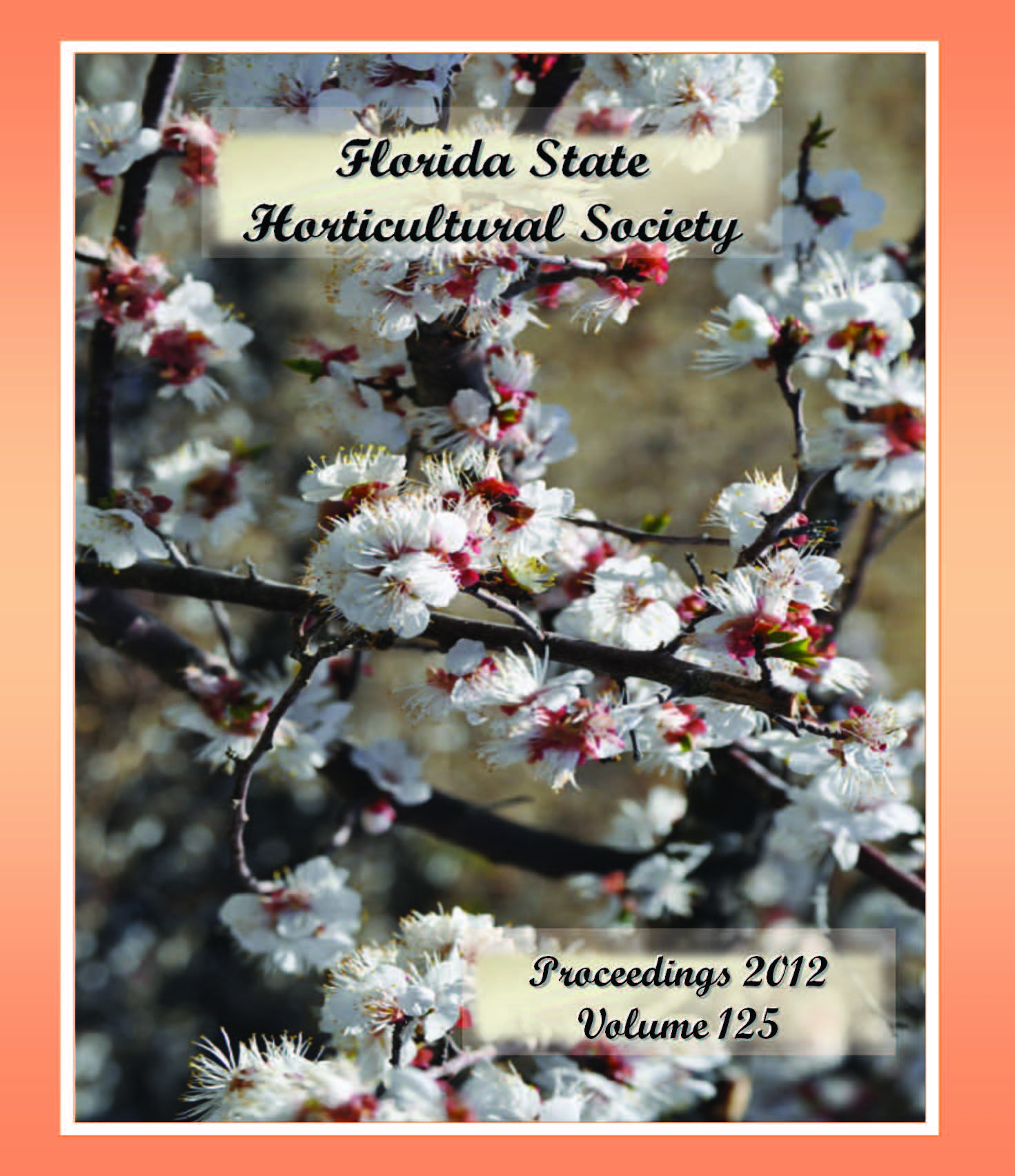Sweet Corn Tolerance and Weed Control of S-metolachlor Applied Pre-emergence Followed by Various Post-emergence Herbicides
Resumen
S-metolachlor is applied pre-emergence in sweet corn (Zea maysL.) for early season weed control. A post-emergence herbicide is required for mid and late season weed control. The objective of this study was to study sweet corn tolerance and weed control of registered post-emergence herbicides following S-metolachlor applied pre-emergence. Post-emergence herbicides included carfentrazone at 8.9 g/ha, clopyralid at 8.9 g/ha, fluthiacet at 4.9 and 7.3 g/ha, halosulfuron at 39.9 g/ha, and mesotrione at 106.3 g/ha. Sweet corn ‘Fantastic’ was planted 30 Mar. 2011 at the Plant Science Research and Education Unit in Citra, FL. S-metolachlor was applied pre-emergence at 2 days after planting (DAP) and the postemergence treatments were applied 28 DAP. Nutsedge (Cyperusspp.), common lambsquarters (Chenopodium albumL.), and goosegrass [Eleusine indica(L.) Gaertn.] were predominate weed species in the field. Sweet corn was harvested at maturity by hand on 6 June (68 DAP). At 33 DAP, nutsedge control was greatest in plots treated with fluthiacet at 7.3 g/ha (81%) and was similar to halosulfuron (76%). At 40 DAP, halosulfuron had the greatest nutsedge control (88%). At 33 and 40 DAP, halosulfuron and fluthiacet at 7.3 g/ha had greater control than S-metolachlor alone. Mesotrione had
similar nutsedge control (35% and 25% at 33 and 40 DAP) to the weedy control (0%). At 33 DAP, all herbicide treatments had greater lambsquarters control (40% to 93%) than the weedy control. Lambsquarters control was greatest with fluthiacet at 7.3 g/ha (86%) and was similar to clopyralid (64%) and fluthiacet at 4.9 g/ha (73%). At 33 and 40 DAP, halosulfuron (45% and 43%) and mesotrione (50% and 51%) provided lambsquarters control similar to S-metolachlor alone (55 and 25%). Carfentrazone (95%) and fluthiacet at 7.3 g/ha (65%) provided the greatest goosegrass control. At 40 DAP, halosulfuron (40%) and clopyralid (33%) were similar to S-metolachlor alone. However, they had lower goosegrass control than the other POST herbicides (76% to 90%). Yield was similar among weedfree control and all herbicide treatments, ranging from 10,766 to 24,008 kg/ha.

